- | 8:00 am
No adults allowed: Google designed its new tech lab specifically for teens
The tech giant’s Code Next program is trying to spread STEM education into underrepresented communities.
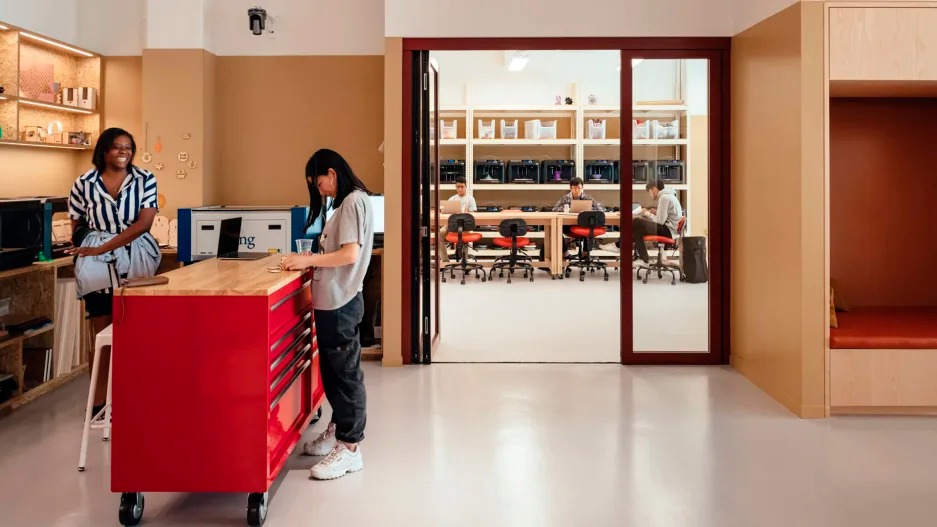
Next to the Fruitvale BART station in Oakland, California, a new tech space opened recently. With desks for coding, hardware for robotics, and a wall full of 3D printers, it looks like a startup, or an offshoot of a Silicon Valley tech company moving closer to where its employees live. That’s how it seems, until you notice that most of the people tinkering and coding inside are teenagers.
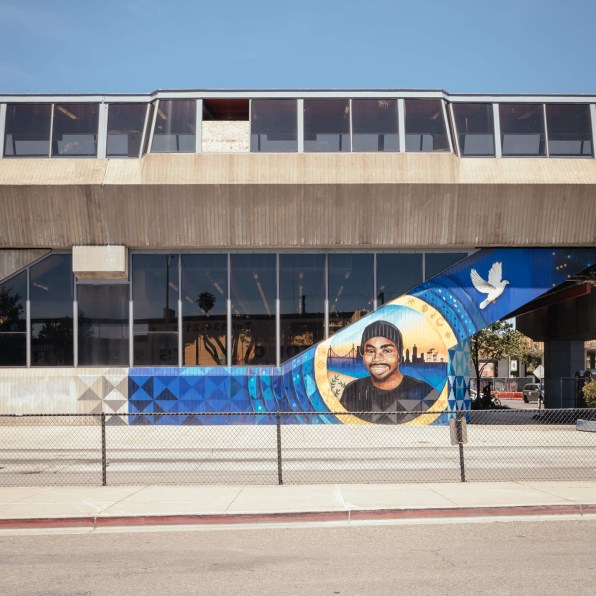
It’s the latest location of Code Next, an education space for science, technology, engineering, and mathematics aimed at high-school-age kids. The program offers free weekend and after-school computer science classes to 8th through 12th graders, taught by volunteer technologists from Google.
The Oakland lab is one of four in cities around the country, located in neighborhoods with high concentrations of Black, Latinx, and Native residents—groups that are underrepresented in the tech industry. According to Google, Black, Latinx, and Native college students each made up 3.5% of computer science graduates between 2011 and 2018 (totaling just over 10% combined). Lack of access and exposure are seen as part of the problem.

“The program meets students in their own communities,” says Kyle Ali, lead program manager of Code Next. “We want to provide them with the skills and the social capital needed to pursue rewarding careers in technology fields.”

To do so, Google partnered with Danish Kurani, an architect whose eponymous firm specializes in modern education spaces. In a vacant storefront located next to a branch of the Oakland Public Library, Kurani’s firm designed a light-filled and welcoming lab, primarily using recycled or natural materials. It includes a maker space, a design studio, a coding room, and communal areas for eating and socializing.

The lab is actually a renovation and expansion of Google’s first Code Next site, also designed by Kurani, which opened in 2016. This new iteration doubles the size of the space to 3,000 square feet while also making it more flexible for different ways of learning the hard and soft skills needed to succeed in the tech industry.
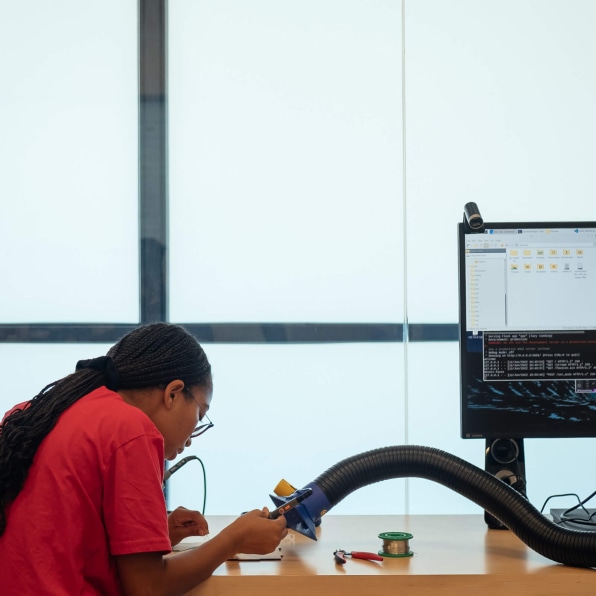
Kurani says that flexibility is central to the design, with rooms that can accommodate small group code review sessions or open up for large community events.
“The problem with schools is that every classroom is the same, generally. It’s like one size fits all, whether you teach math or English,” Kurani says. “We should design learning spaces around ways of learning, not a subject.”
There’s no dedicated room for robotics at Code Next, for example, but there are spaces where kids learning about robotics can brainstorm potential projects. Then they can move to another classroom for direct instruction in basic robotics and mechanical engineering. Then they can move to a room for prototyping and fabrication.
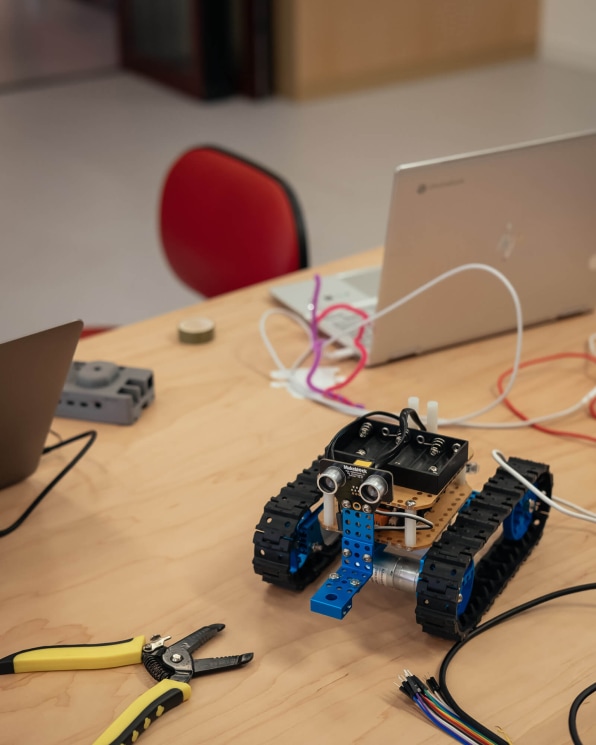
The fabrication room, with its wall of whirring 3D printers, is the visual centerpiece of the lab, and is meant to draw kids in and trigger a sense of discovery. “When you walk into the lab, one of the first turns you make, it’s kind of like a Parisian boulevard, everything is converging towards this fabrication area,” Kurani says.
Another room has a sliding wall that transforms it from a compact lecture hall to a bigger presentation or event space. Small laser-etched diagrams on walls in each room offer the instructors, or coaches, quick guidance on optimal seating layouts for different activities.

Specially designed tables have magnetic ends, so they can be snapped together or pulled apart, based on the day’s lesson. Equipment, which is plentiful, is scattered throughout the lab, but always displayed in open bins that are easily accessible.
“That just makes it feel more permission-less for the kids. We want them to just show up and grab stuff,” Kurani says.

“We want them to feel like they have a true sense of ownership of the space,” Ali adds. Google’s goal was to create labs that act as third places for teenagers, neither home nor school but with some of the freedom young people crave. A mini-kitchen and gathering space offers free food and socializing areas, tech campus-style.
“When we were designing the lab for our future students, we wanted to put the same level of purpose and attention that our real estate team puts into building spaces for our Googlers,” Ali says.
Indeed, much of the space could be mistaken for a Google office, and Kurani says he intentionally used soft colors and natural materials to dispel any sense of the lab being too advanced for teenagers. “For a lot of these kids it’s their first time [in a lab setting],” he says. “You don’t want it to have this insanely high-tech feel that’s going to intimidate them unnecessarily.”
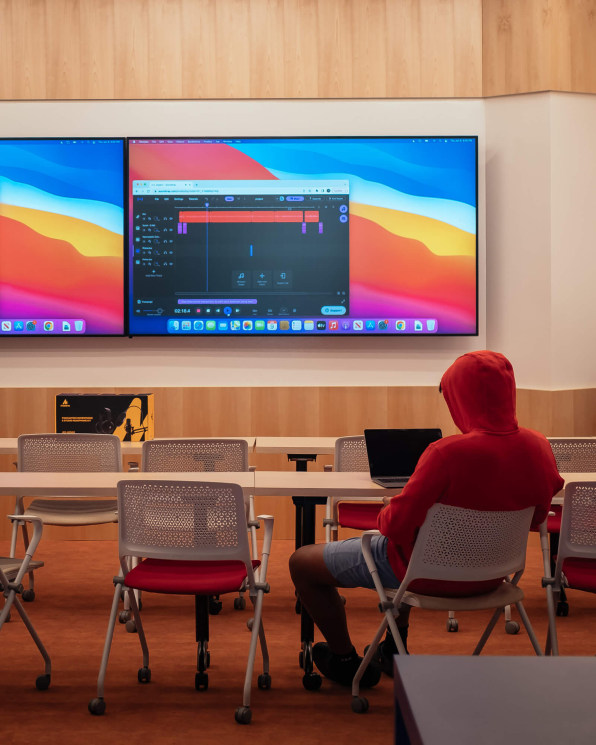
Even so, the lab is teched out. Designed during the pandemic, it’s outfitted with cameras that allow remote learning, and there are huge screens lining some walls for instruction, code reviews, or even just downtime playing video games.
Code Next, in its attempt to be that leisurely third place for the teens, is intentionally open about how it’s used. But it’s also a program students have to apply for, and many take it seriously. According to Google, 92% of 12th graders who graduate from the Code Next program pursue higher education, and approximately 88% have gone on to undertake STEM majors.
Google’s Ali says the company is looking for new places where Code Next can go, and ways it can help bring more diverse young people into technology, science, and engineering. “We know that there’s a demand for this kind of work in communities,” he says. “So we’re always exploring new labs.”





































